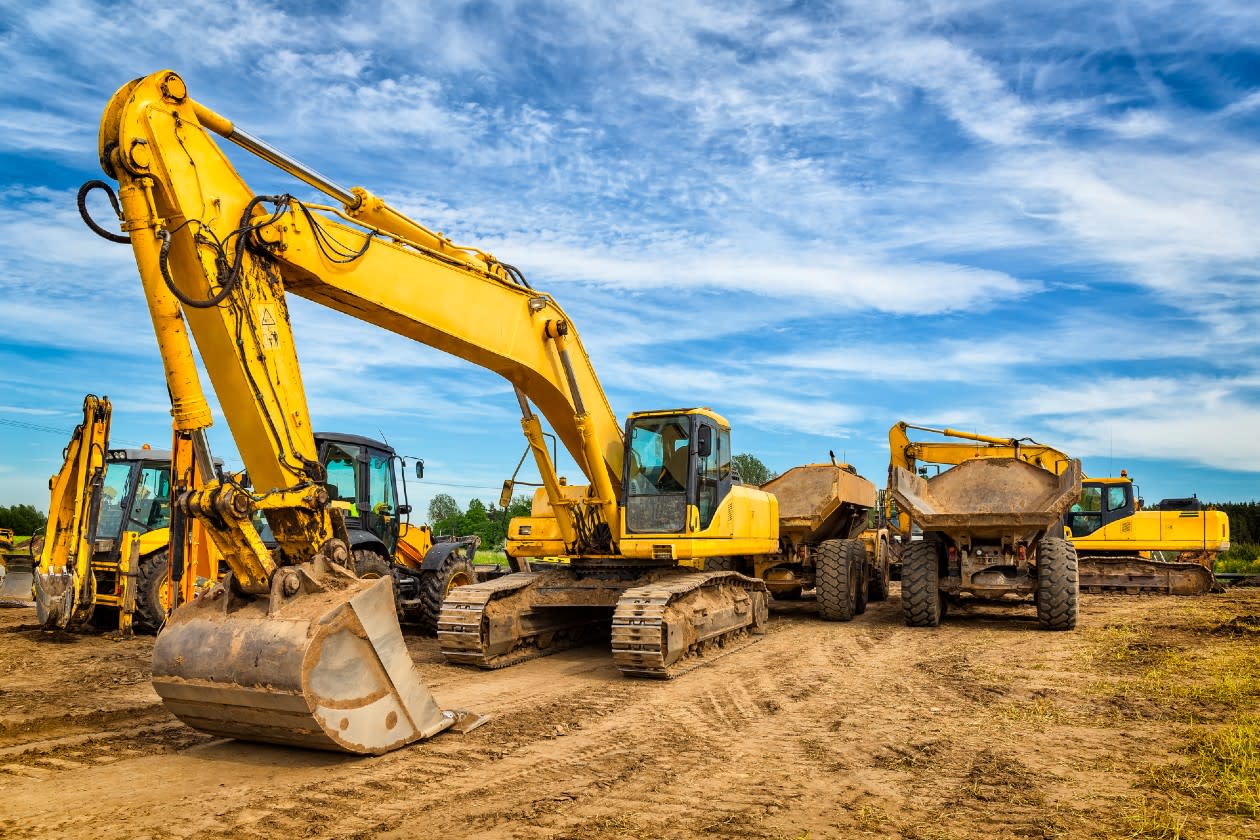Ashtead full-year revenue fell by 1% to $10.8bn with rental revenue up 4%, ignoring currency moves. Underlying operating profit fell 3% to $2.7bn. Revenue dropped 4% in the fourth quarter to $2.5bn ($2.6bn expected).
Free cash flow rose from $216mn to $1.8bn. Net debt improved by $324mn to $10.3bn.
The group expects rental revenue to grow 0-4% for the new year (3.5% expected) and to deliver $2.0-$2.3bn of free cash flow ($2bn expected).
The board has proposed a final dividend of 72.0 cents per share, for a total of 108.0 cents per share for the year.
The shares fell 1.4% following the announcement.
Our view
Ashtead’s own ambition has perhaps been its downfall over the past few quarters. Rapid expansion led to a period of overspending that coincided with a slowing market. Expectations have been reset, and the valuation has taken a hit as a result.
But we think the medicine has now been taken, and Ashtead looks on much better footing going forward. Investment in the growing fleet has been reined in, which means even a small rise in fleet utilisation can have an outsized impact on margins and cash flows – and we’re already starting to see a cash flow benefit.
The broader market is still looking soft in places, with unpredictable trade policies making it hard for privately funded construction projects to get sign-off. The positive news here is that a big chunk of the demand for Ashtead’s fleet of rental equipment comes from publicly funded projects, which should be more insulated.
North America remains the real growth opportunity, and over the medium term, we still think the outlook is promising. There are several growth drivers here, ranging from the onshoring of supply chains to government legislation looking to expand infrastructure and chip manufacturing.
Ashtead's scale and expertise are proving valuable, and the group's taking around 30% market share of these mega-projects in the US. The bigger players have an advantage in the fragmented industry, and there’s still scope to snap up smaller players in the space.
Growing the speciality business is also a key strategy (things like scaffolding, flooring and air conditioning). These businesses are higher growth and present a varied income stream for Ashtead, which should help provide a little more resilience during downturns.
As mentioned earlier, growth investment has been dialled back as the focus shifts from expansion to cash retention. That’s meant less borrowing and more cash, the net result being an improvement in the balance sheet which looks in decent shape.
We see Ashtead’s plan to shift its primary listing as a small positive, given the opportunity for better valuations and greater access for US investors. UK investors will still have access through a secondary listing on UK markets.
We think capital discipline and better utilisation of the existing fleet can drive improving profit and cash flow even if top-line growth is only in the low-single-digit range. The valuation isn't overly demanding either, but does reflect a more challenging outlook for the wider market. There are no guarantees, and missteps will be punished.
Environmental, social and governance risk
General Industrial companies are medium risk in terms of ESG but can trend up to the higher end of the spectrum depending on subindustry. The primary risks can include labour relations, emissions (either product or production-based), business ethics and product governance. Other concerns are waste and health & safety.
According to Sustainalytics, Ashtead’s overall management of material ESG issues is strong.
Ashtead reports on Scope 1 and 2 emissions, has initiatives in place to reduce emissions, and aligns these initiatives with its risk management programme. Within the last three years, the company's carbon intensity trend experienced a moderate decline. ESG reporting is strong, and executive pay is explicitly tied to ESG performance targets.
Ashtead key facts
All ratios are sourced from LSEG Datastream, based on previous day’s closing values. Please remember yields are variable and not a reliable indicator of future income. Keep in mind key figures shouldn’t be looked at on their own – it’s important to understand the big picture.
This article is not advice or a recommendation to buy, sell or hold any investment.No view is given on the present or future value or price of any investment, and investors should form their own view on any proposed investment.This article has not been prepared in accordance with legal requirements designed to promote the independence of investment research and is considered a marketing communication.Non - independent research is not subject to FCA rules prohibiting dealing ahead of research, however HL has put controls in place(including dealing restrictions, physical and information barriers) to manage potential conflicts of interest presented by such dealing.Please see our full non - independent research disclosure for more information.


